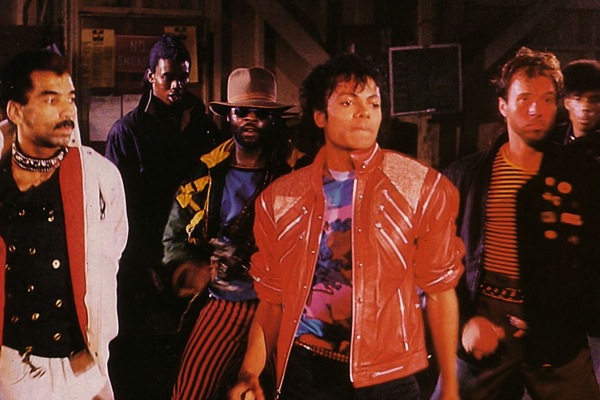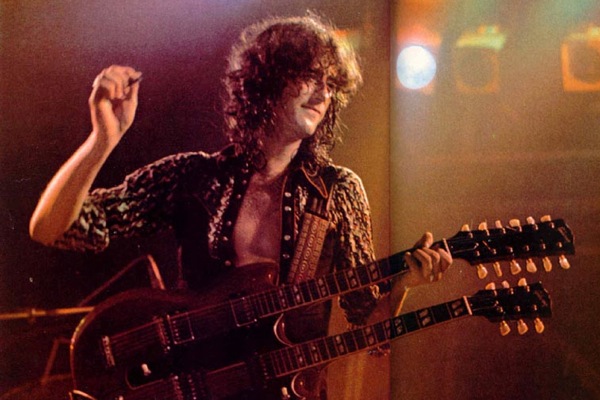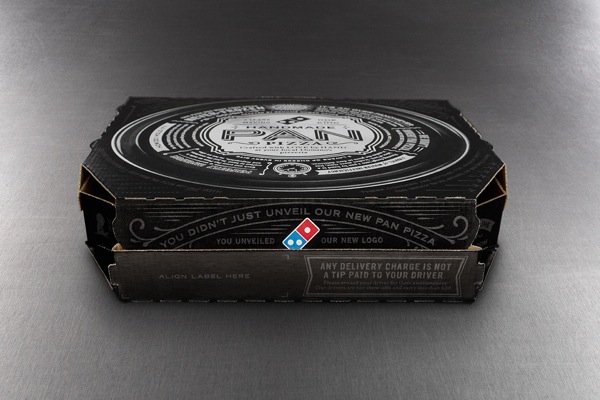For centuries, humans have used music to express powerful stories, provoke social movements, and create deep emotional connections that inspire us to take action. Harmonious melodies, passionate lyrics, deep rhythms, and applause-worthy solos all come together to create these inspiring experiences.
User experience practitioners can tap into this power.
We have the tools and skills to lead our own inspirational masterpieces worthy of any concert hall, yet the practice of UX as a whole still has yet to orchestrate this type of success on a grand scale. Much of our current focus is still on designing a product or service through features and interactions rather than by focusing on forming strong emotional connections. In an age of infinite choice and fleeting attention spans, UX is needed to increase enjoyment and fulfillment for our customers by creating emotionally connected experiences rather than focusing on pixels and patterns.
Here are three ways to bring this musical approach to experience design:
Set the Stage
When you first hear a song, how does it make you feel? Does it transport you to a different place, a different time? Does it calm, energize, or inspire you?
A powerful introduction helps to establish a bond with the audience and place them in the right mindset. It’s important to set the emotional environment in the beginning to prime them to enter the most appropriate mindset and to get them acquainted with all of the elements of your experience. Introducing each element at the beginning establishes the first bond of engagement.
DJs have employed similar techniques in their work, like Swedish House Mafia in the song “Greyhound.” An extended intro is used to help the audience become comfortable with the environment and begins to introduce the instruments in a way that is easy to understand. It also helps transform the listeners mindset by establishing an environment in which their music can be fully experienced. For live shows, this is typically enhanced with creative lighting, ambience, and even theatrical performances to support the intended emotions.
The Virgin America in-flight experience is a great service example of setting the stage. It introduces each element in a way that transforms passengers to a new place from the club lighting, appealing staff, and entertaining messages. Setting the stage of an experience is important to build a strong first impression, but more importantly, it gets the audience in the right state of mind to properly experience your product.
Questions to ask as you set the stage:
- What emotion do you want your audience to experience as a result of using your product?
- What emotional state is optimum for your audience prior to using your product?
- What behaviors are expected from experiencing these emotions?
- Does your product introduce its features in a cohesive way?
[google_ad:WITHINARTICLE_1_234X60_ALL]
Set the Rhythm
What song is stuck in your head right now? What is the most memorable part?
Great songs have very memorable rhythms that replay in our heads for a lifetime. They help us learn the song structure and make it easy to remember the song long after we have heard it. Great songs remind us of significant memories and transport us back to that location, that story, and the emotions associated with it. A great rhythm is the foundation that makes this possible.
As we increase the intensity of our experience, we can inspire our users to do great things
Some songs use fast paced, driving rhythms while others employ more relaxed, slower rhythms. Each rhythm is designed to evoke a particular emotional response. A steady rhythm helps the audience feel comfortable with the tempo, instruments, and accents and establishes a language that they can quickly learn. Setting a consistent rhythm also allows a variety of different elements to come together into a seamless experience. Michael Jackson is famous for creating catchy rhythms that seem to always be stuck in people’s heads. In Beat it,” Michael Jackson accomplishes this by creating a standard paced rhythm that people can feel a strong connection to.
Comcast uses this technique by providing consistent experiences across their services and products. Whether you are interacting with their customer service or recording a show on their iPad app, the consistency in the experience design leverages the same language and tempo to create a memorable experience.
Questions to ask as you set the rhythm:
- What rhythm and pace is best suited for your intended emotional response?
- Are the elements that were introduced consistent with how they are expressed in the rhythm?
- Does your experience have a consistent rhythm that can be easily understood?
Set the Hook
Does a particular part of a song inspire you to get up and dance? Do you ever find yourself playing air guitar?
Many great songs include some solo or crescendo that gradually builds up during the song. As we increase the intensity of our experience, we can motivate and inspire our audience to do great things. With a solid introduction and rhythm, it’s possible to bring the experience of your audience to a new level of enjoyment and excitement. Whether it’s something unexpected or predictable, it should give your audience goose bumps again and again.
In Led Zeppelin’s “Stairway to Heaven,” the song crescendos at 4:52 and gives me goose bumps every time I hear it. However, the hook does not end here. At 6:22, the song builds upon the foundation and includes a melodious guitar solo that continues to enhance the level of excitement. At 9:22, Led Zeppelin maintains this energy through the end of the song and leaves the audience with a sense of excitement, enjoyment and inspiration.
Photo of Domino’s pizza box courtesy Brand New.
Recently, Domino’s has surprised me with their updates to their branding and pizza box design. They previously updated their ordering experience to be more enjoyable and now every time I order a pizza I seem to be drawn to hanging out next to the box and reading all of the information they have on there. This is an example how a brand has enhanced multiple touchpoints in their experience to deliver somewhat unexpected excitement to their products and keeps me wondering what they will do next.
Questions to ask as you set the hook:
- What are the accents and solos that will really excite your audience?
- Are your accents meant to provide repeated enjoyment or will they be different every time?
- Do the accents enhance the intended emotion?
- How many accents will excite your audience without being too overwhelming?
[google_ad:WITHINARTICLE_1_468X60]
Conclusion
Music continues to be an expressive way for the world to share stories and inspire change. It is time for UX practitioners to create equally powerful experiences to excite and inspire our audiences. By thinking about our products from the perspective of a musical experience, we can begin to apply a new way of thinking.
We are not designers: We are composers. We are conductors. It’s time for us to take the stage and get our audience onto the dance floor.
Image of concert goers courtest Shutterstock.












